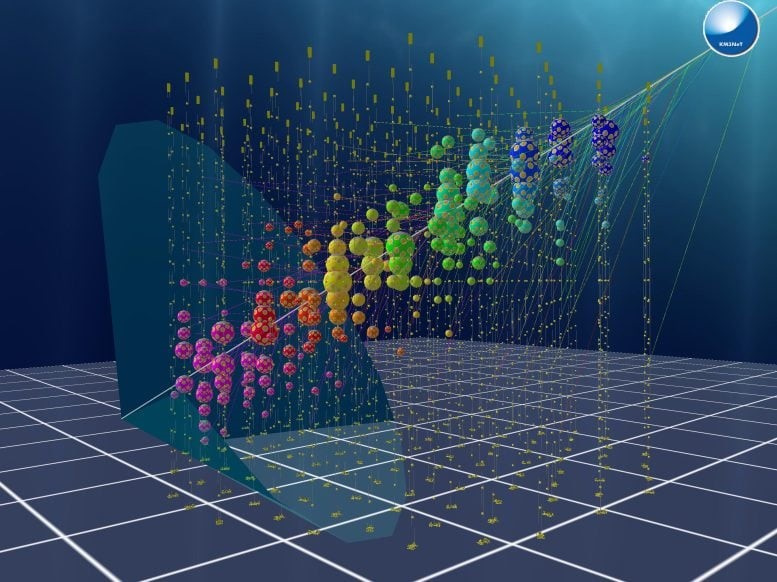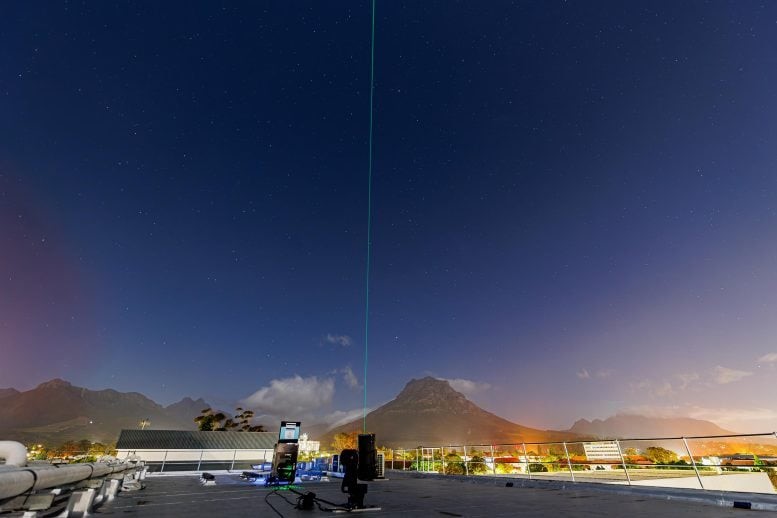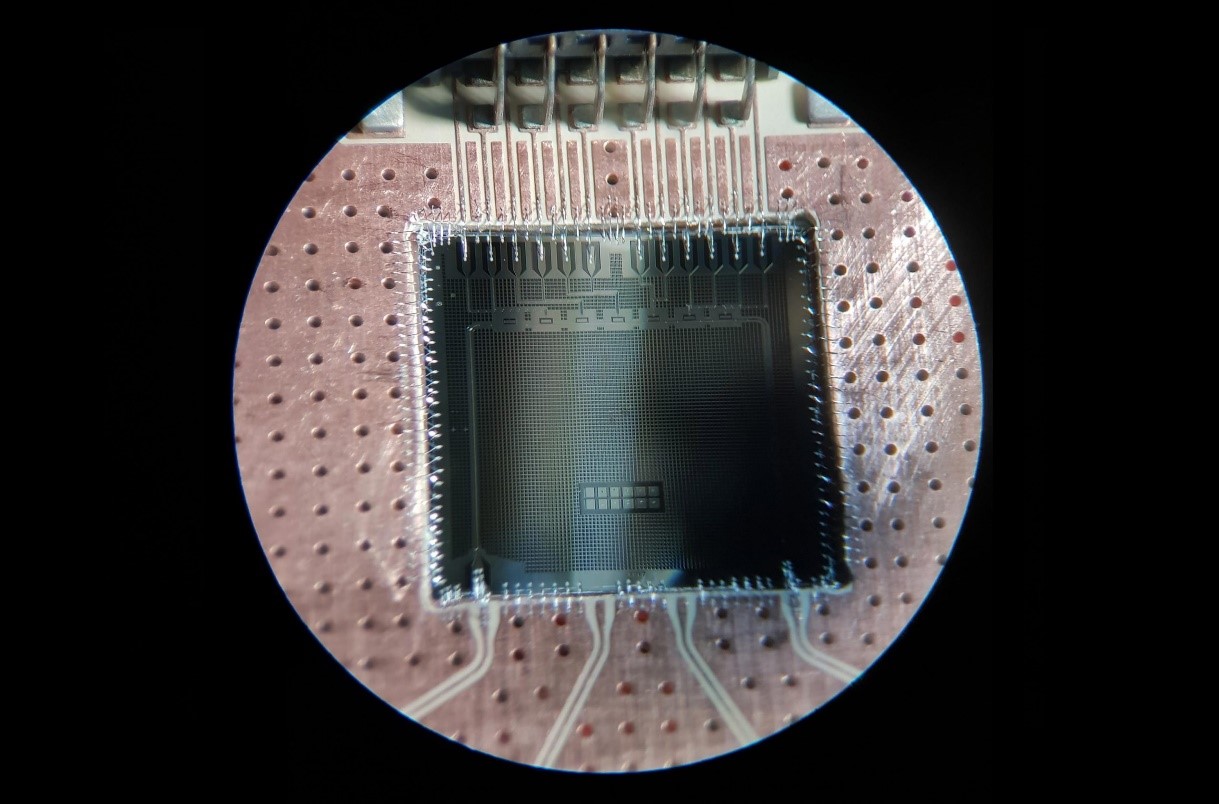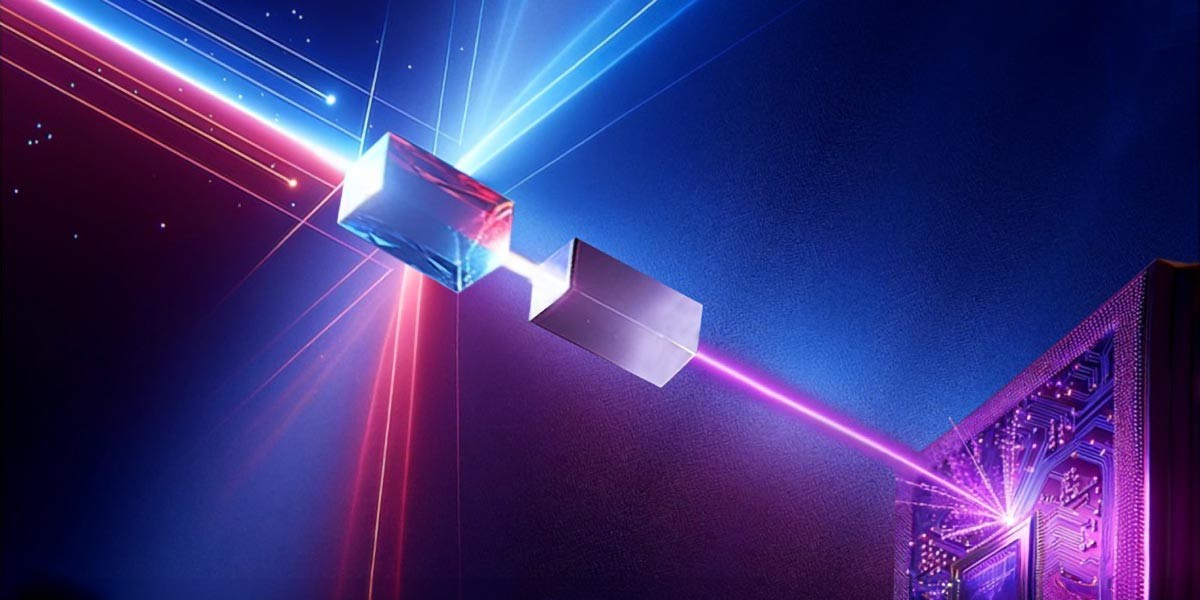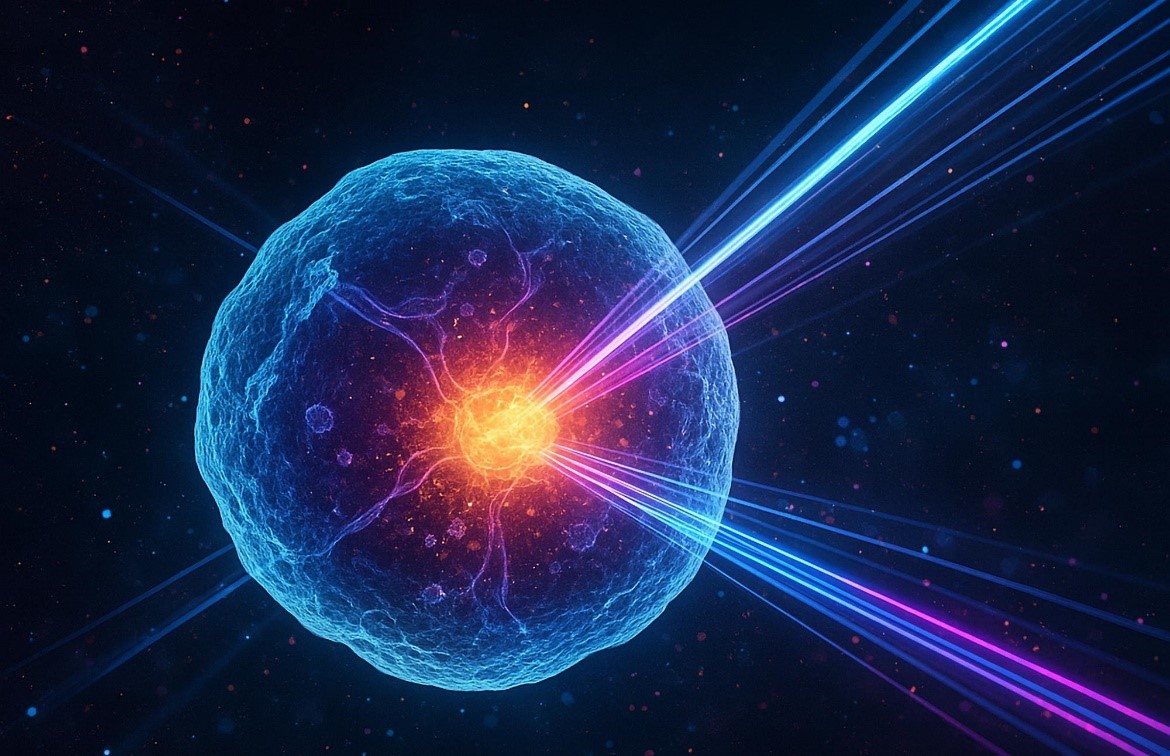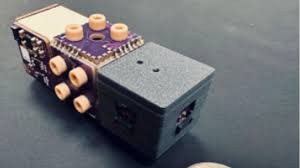Breakthrough in Quantum Computing Achieved Using Diamond Qubits
Quantum Computers Require Ultra-Precise Gates for Reliable Computation
Quantum computers are designed to solve problems beyond the capabilities of classical machines. They operate using quantum gates, which perform fundamental operations on qubits. To ensure reliable performance, these gates must be highly precise, with error rates typically below 0.1 to 1 percent. At such low error levels, quantum error correction can effectively mitigate imperfections, enabling accurate computation even with imperfect hardware.

Figure 1. Quantum Computing Breakthrough with Diamond Qubits.
Diamond Spin Qubits: A Promising Platform for Quantum Computing
Spins in diamond represent a promising qubit platform, leveraging electron and nuclear spins associated with atomic defects in the diamond lattice—such as nitrogen replacing a carbon atom. These defects offer key advantages, including operation at relatively high temperatures (up to 10 Kelvin), strong shielding from environmental noise, and natural interactions with photons, making them ideal for quantum networks. However, achieving a complete set of quantum gates with sufficiently low error rates using diamond spins has remained a major challenge until recently. Figure 1 shows Quantum Computing Breakthrough with Diamond Qubits.
Highly Precise Universal Gates on Diamond Quantum Chips
Researchers at QuTech, the quantum technology research institute of Delft University of Technology, have successfully demonstrated a highly precise universal set of quantum gates on a diamond quantum chip. Their system consists of two qubits: one formed by the electron spin of a defect center and the other by its nuclear spin. Each type of gate in this system operates with an error rate below 0.1%, with the most precise gates achieving error rates as low as 0.001%.
“To achieve such high precision, we systematically eliminated sources of errors," explains Hans Bartling, lead author. "The first step was using ultrapure diamonds with a lower concentration of carbon-13 isotopes, which reduce noise. The second step involved designing gates that carefully decouple the spin qubits from each other and from environmental noise.”
Characterizing, Optimizing, and Testing Quantum Gates
A key challenge in developing precise quantum gates was finding reliable tools to characterize and optimize them. To address this, the research team employed a technique called gate set tomography, which provides a complete quantum description of the gates.
“It was essential that our characterization provided complete and precise information about the gate errors, as this allowed us to systematically identify imperfections and optimize all gate parameters,” explains co-author Jiwon Yun.
To validate their approach, the researchers tested the quantum gates by executing an artificial algorithm involving a long sequence of gate operations. Even after 800 operations, the final result matched the team’s predictions based on individual gate performance, demonstrating that the gates were both highly precise and well understood.
Scaling Up: Challenges on the Path to Full Quantum Computing Power
While high-precision universal gates are a crucial step toward quantum computation, scaling up to large-scale quantum processing remains a significant challenge. “Our demonstration was on a two-qubit system using a specific type of defect,” explains Tim Taminiau, who supervised the research. “A key challenge is maintaining and further improving gate quality as we move to chip-scale integrated optics and electronics while scaling to many more qubits.”
Expanding to larger quantum processors is a core focus of QuTech’s research, including its collaboration with Fujitsu. The team follows a full-stack approach, exploring not only improved qubits but also advanced control electronics, scalable fabrication methods, and innovative quantum computer architectures. “The next big step will require close collaboration between scientists, engineers, and industry,” says Taminiau.
Source: SciTECHDaily
Cite this article:
Priyadharshini S (2025),Breakthrough in Quantum Computing Achieved Using Diamond Qubits, AnaTechMaz, pp. 228


